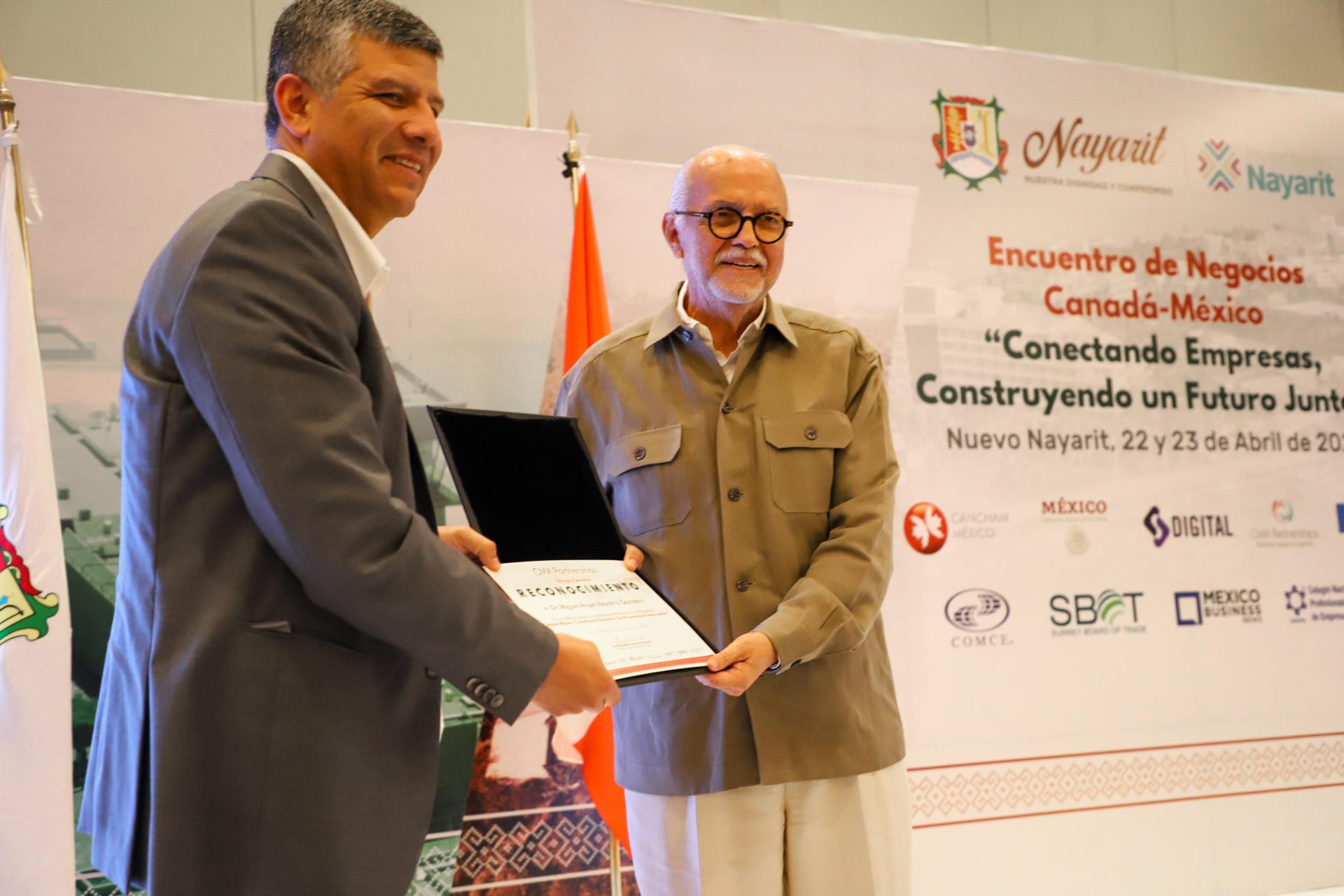The Colombian economic structure is characterized by the presence of millions of very small production units. The 2021 Dane (Emicron) Small Business Survey totaled 5.7 million people conducted in all types of commercial, industrial, craft, agricultural, and service activities. They are located throughout the territory and correspond to a very important part of the economic fabric of the country.
A small business is “an economic unit with a maximum of 9 employees who develop a productive activity for goods or services, in order to obtain income, as the owner or tenant of the means of production”.
Despite their small size, they are companies with the basic concept of a company, because they work with their own tools, have clients and have some kind of accounting follow-up. Dane estimates that in the universe that makes up the unobserved economy (ENO), 24% of national production and 30% of value added is generated. Despite their impressive resilience, small producers are in a vulnerable position. They are strongly influenced by recessive cycles because they depend on local dynamics which are in turn influenced by crop rhythm, weather, tourist seasons or regional production characteristics.
Micro and micro needs to be linked in order to progress. There are different ways in which these producers can take advantage of the synergies and economies of scale for growth.
No sector is more necessary for the bonding of young children than agriculture. There are multiple examples of successful agricultural cooperatives in Germany, France, Italy or Canada where farmers unite for growth. It is a huge and thriving business that has made it possible to improve the income of cooperative members, increase productivity and bring about technological innovation.
The new government, through the Ministry of Agriculture, will seek to modernize small agricultural producers in two main directions: interconnectedness and interdependence.
Agricultural cooperation is a wasted resource that must be replenished with energy. This model has significant benefits as it strengthens production capacity, improves marketing, facilitates modernization, and allows cost reduction through higher trading volumes.
Collaborative models generate institutionalization and reduce reliance on always-scarce public resources, resulting in more autonomous and independent producers. There is a strengthening of the local human fabric that allows to overcome the poverty that characterizes the countryside. Modern co-operative governments have largely forgotten, always being generous in praise and stingy in measures to motivate them.
For their part, the members of the cooperative still have to update their thinking, organization and leadership. There are too many financial cooperatives and too little dynamism in the real sector. This government is rightly aware that cooperatives are forms that reconcile entrepreneurship and equality. Don’t waste any more time.
Miguel Gomez Martinez
[email protected]





